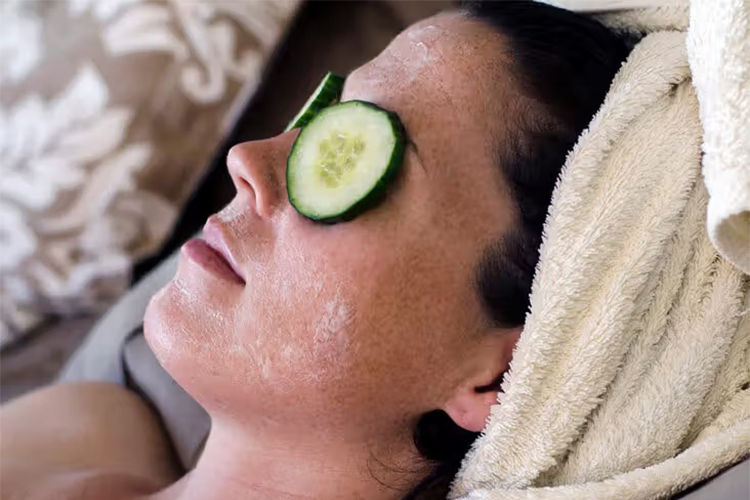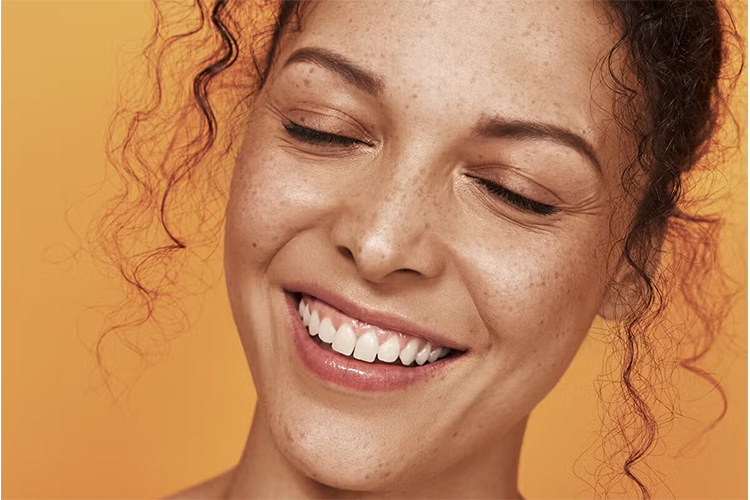
Many people worry about dark circles under their eyes. They can be brought on by a number of things, like genetics, not getting enough sleep, allergies, getting older, and how you live your life. There are a few things you can do to get rid of dark circles or reduce their appearance.
4. Utilize a virus pack: A cucumber slice or chilled tea bag can be used as a cold compress to help reduce puffiness and inflammation around the eyes.

There are several types of dark circles, and they can differ in terms of their causes and appearance. Here are some of the common types:
A person may experience feelings of self-consciousness and general dissatisfaction with their appearance as a result of dark circles because they can have a significant effect on their appearance. Dark circles can be a sign of underlying health issues as well as aesthetic concerns. Dark circles can be caused by a number of conditions, including hypothyroidism, anemia, malabsorption syndromes, inadequate nutrition, and certain metabolic disorders.

Dark circles can also be caused by habits like not getting enough sleep, drinking too much alcohol, and eating a lot of salt. A significant factor in the development of dark circles is insufficient sleep or poor quality sleep. Lack of sleep can likewise make the skin look dull, which can complement the presence of dark circles.
Another factor that can lead to dark circles is getting older. The skin under our eyes can become thinner and less elastic as we get older, making it easier to see blood vessels. Under-eye bags or dark circles may appear as a result of this.
The onset of dark circles may also be influenced by genetics. Certain individuals may basically have an inclination to dark circles because of their hereditary cosmetics, making them bound to foster the condition no matter what their way of life propensities or age.
By and large, the reasons for dark circles can shift, and distinguishing the hidden reason to decide the proper treatment options is significant. Changing one’s lifestyle, getting enough sleep, and eating a healthy diet can all help lighten dark circles. Assuming dark circles continue regardless of these endeavors, it’s ideal to talk with a dermatologist to decide whether there are fundamental medical problems that should be tended to.
Identifying the type of dark circles you have can help you choose the appropriate treatment option. For example, topical treatments containing Vitamin C and retinoids are effective for pigmented dark circles, while caffeine-based treatments can help improve blood circulation and reduce the appearance of vascular dark circles. It’s always best to consult with a dermatologist for a proper diagnosis and treatment plan.
Dark circles can be caused by a variety of factors, including genetics, lack of sleep, aging, allergies, stress, and lifestyle habits. The skin around the eye area is delicate and thin, which can make it more susceptible to discoloration and puffiness. When the blood vessels beneath the skin become more visible due to a lack of collagen or fat, they can appear as dark circles. Additionally, hyperpigmentation or an increase in melanin production can cause the skin to appear darker. To determine the specific cause of your dark circles, it’s best to consult with a dermatologist who can provide a proper diagnosis and recommend appropriate treatment options.
One of the best ways to reduce the appearance of dark circles under the eyes is by hydrating and moisturizing the area. Make sure to drink plenty of water throughout the day to keep your body and skin properly hydrated. Additionally, applying a gentle, fragrance-free eye cream twice a day can help keep the fragile under-eye area moisturized and reduce the appearance of dark circles.
Other home remedies that may help reduce the appearance of dark circles include using a cold compress, placing cucumber or potato slices over the eyes, and getting enough sleep. In some cases, dark circles may be an indication of an underlying health issue or genetic predisposition, so it’s always best to consult with a dermatologist to determine the underlying cause and the most appropriate treatment options.
Despite the fact that there is no one-size-fits-all method for diminishing dark circles, incorporating these suggestions into your daily routine can help over time to reduce the appearance of the problem. Assuming your dark circles persevere in spite of your endeavors, talk with a dermatologist to examine other treatment choices that might be accessible.